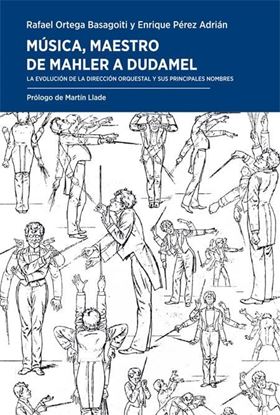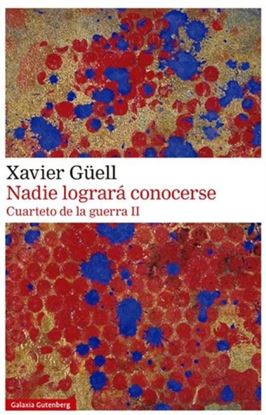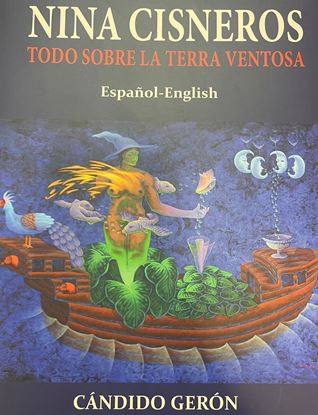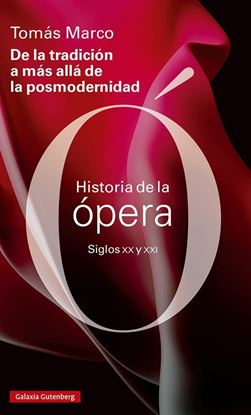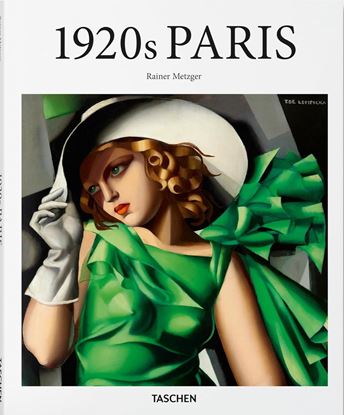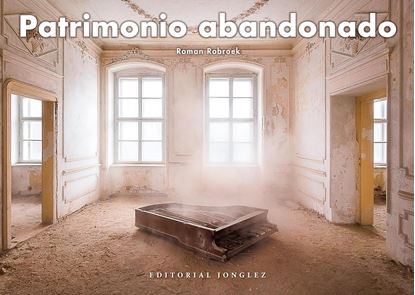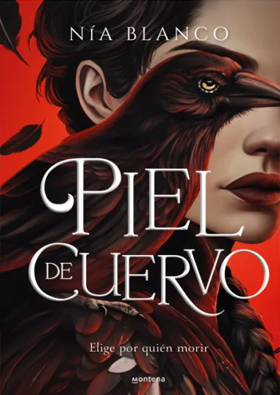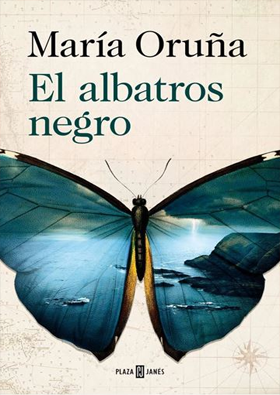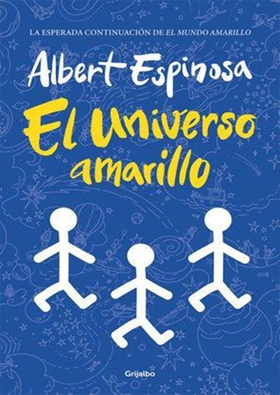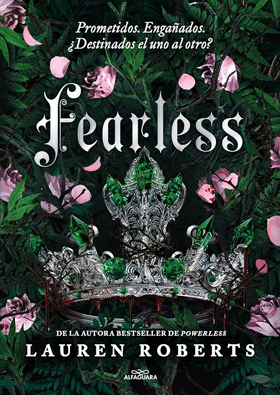

MUSICA, MAESTRO: DE MAHLER A DUDAMEL
Un ensayo original e inédito en español, que nos propone un recorrido por los principales hitos de la dirección orquestal: de los compositores-directores, de Richard Strauss a Leif Segerstam; los titanes, como Toscanini, Furtwängler, Walter, Kemplerer, los Kleiber o Celibidache; los artífices del Festival de Bayreuth, de Knappertsbusch a Janowski; los directores europeos emigrados a Estados Unidos, de Koussevitzky a Dorati; la edad de oro de la música grabada, con Karajan a la cabeza; las grandes batutas de Radio, de Jochum a Haitink; los directores italianos, los rusos, los «sires»… o los especializados en el Barroco. Están, sin duda, todos los grandes nombres, pero también unos cuantos más que lo merecen por su interés y, como apunta Martín Llade en su prólogo, «el juicio que sus autores nos proponen, podrá ser compartido o no, pero nunca dejará de ser justo, o de tratar de serlo». Un libro plagado con casi 1000 referencias onomásticas, 200 biografías de directores –no falta mención a las directoras de orquesta: las pioneras, las que ya han triunfado y las emergentes–, y un capítulo especial dedicado a las principales figuras de la dirección en España, que no renuncia a la concisión y que pone por encima de todo la honestidad. En efecto, los temas espinosos, que no escasean, no se eluden pero se enfocan siempre desde el respeto, «alejándose de esos chismes que tantas veces han llenado algunos libros con la pretensión de hacer historiografía a golpe de chascarrillo», apunta Llade. Un libro del que va a disfrutar cualquier amante de esa lengua universal que es la música clásica.
1,750
NADIE LOGRARA CONOCERSE. GUERRA II(OF2)
Tras el éxito de La Música de la Memoria, libro dedicado a los grandes músicos del siglo XIX, Xavier Güell se adentra en los años más oscuros del siglo xx. Cuarteto de la guerra narra la historia de cuatro hombres que luchan por su vida y por su música cuando los totalitarismos y el horror bélico asolan Europa. Nueva York, Berlín, Múnich, Moscú, Barcelona y Los Ángeles son los escenarios donde transcurre el épico enfrentamiento de cuatro grandes compositores con el poder político de su tiempo, para evitar que su obra sea sometida, dirigida y utilizada, a la vez que procuran desesperadamente la supervivencia de los seres que aman. Cuarteto de la guerra reflexiona así mismo sobre la música como revelación y sabiduría, como eco de lo intangible, como impulso directo a lo más profundo del alma, sobre el diálogo entre el hombre y lo invisible y, por último, sobre el sentido de nuestra propia existencia. En el segundo volumen de la tetralogía, Nadie logrará conocerse, Richard Strauss, considerado el mayor compositor de su tiempo, decide permanecer en la Alemania nazi y aceptar la presidencia de la Cámara de Música del Reich con el propósito de proteger a su familia -su nuera y sus dos nietos son judíos-, asegurar el estreno de su ópera La mujer silenciosa, cuyo libreto ha escrito el judío Stefan Zweig, y favorecer la cultura alemana. Decisión controvertida que le hará aparecer a los ojos del mundo como un colaboracionista y ser sometido, al final de la guerra, a un proceso de desnazificación que durará más de tres años. Los restantes títulos de Cuarteto de la guerra están dedicados a Béla Bartók (Cuarteto de la guerra I. Si no puedes, yo respiraré por ti), Dimitri Shoshtakóvich (Cuarteto de la guerra III. Y Stalin se levantó y se fue) y Arnold Schoenberg (Cuarteto de la guerra IV. Romperé los cerrojos con el viento).
500
OPERA SIGLO XX Y XXI. DE LA TRADICION A
La ópera 'no es una reliquia del pasado'; es un mundo vivo en el que se reflejan los cambios culturales y sociales. Así lo demuestra Tomás Marco en esta ambiciosa cartografía mundial del genero que recorre el último siglo y cuarto, aproximadamente, de su historia. De Puccini, Strauss y Janác?ek hasta Pedro Halffter, Michel van der Aa, Toshio Hosokawa o Rachel Peters, pasando por Schönberg, Britten o Stockhausen, a lo largo de estas páginas asistimos, fascinados, a la disolución de su forma decimonónica hasta sus mutaciones más experimentales. No se había escrito antes una obra de esta envergadura sobre la ópera de nuestros días. 'Durante el siglo XX, todo, sometido a una presión tremenda, saltó por los aires. Fue una lucha sin cuartel. Había que encontrar nuevos caminos que permitieran la supervivencia del genero. Se siguieron viejas fórmulas, se crearon otras nuevas, algunos creyeron que la ópera estaba muerta, que ya no servía, y se negaron a componer obras líricas; otros -la mayoría- aceptaron el reto y consiguieron en algunos casos resultados formidables.
1,700
PARIS 1920S (BA) (GB)
Paris is the City of Light in all its facets. In the 1920s La Ville des lumières gleams especially bright and becomes a magnet for creative people from around the world. This is the decade of Coco Chanel and Josephine Baker, Art Deco and Surrealism, café culture and cabaret. The most famous artists of the epoch, later called Classic Modernism, are in close contact and have lively exchanges with one another – including Marcel Duchamp, Francis Picabia, Pablo Picasso, René Clair, Sonia Delaunay, André Breton, Paul Éluard, Max Ernst and Salvador Dalí. The creative life and all its excesses flourish bohème is the word for this way of living. Composers like Igor Stravinsky, writers like James Joyce or Ernest Hemingway and exiles from Eastern Europe like Constantin Brancusi or Marc Chagall enrich the illustrious scene on Montparnasse.
1,350
PATRIMONIO ABANDONADO
Los vestigios de Abjasia, un país que no existe, una fábrica abandonada transformada en decorados para Hollywood, la Línea Verde de Chipre, la ciudad fantasma que dejó la catástrofe de Chernóbil, un cine modernista en Bruselas, insólitas fortificaciones del siglo XVIII en Italia, la ciudad de Tskaltubo y sus “aguas de la inmortalidad”, una de las termas más antiguas de Rumanía…
Roman Robroek es un fotógrafo del sur de los Países Bajos fascinado por la arquitectura urbana. Sus espectaculares fotografías de lugares olvidados en el mundo entero han ganado múltiples premios. ¿Cuál es la historia de estos edificios? ¿Quiénes vivían en ellos? ¿Para qué servían esos objetos y por qué los abandonaron? Su insaciable curiosidad por estos temas le llevó a ser fotógrafo urbano. Patrimonio abandonado es el resultado de diez años explorando lugares fantasmales en busca de respuestas.
1,995

